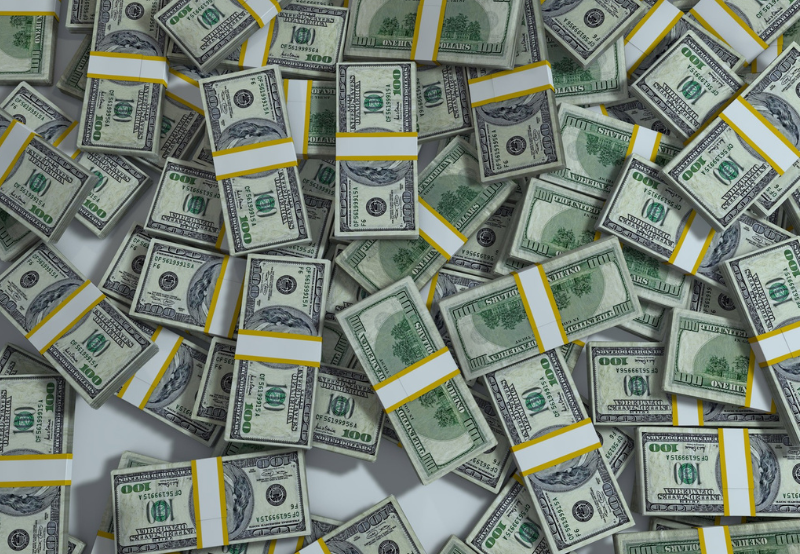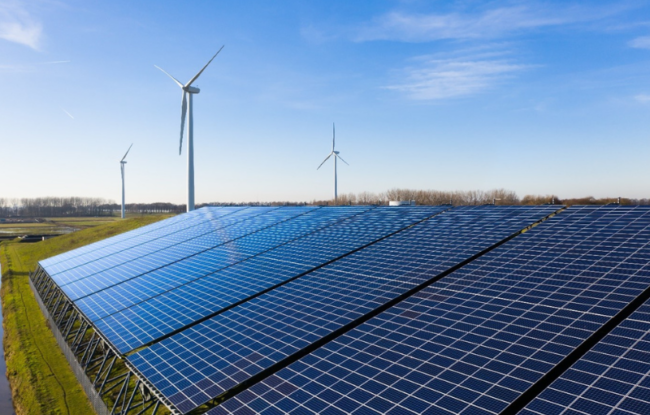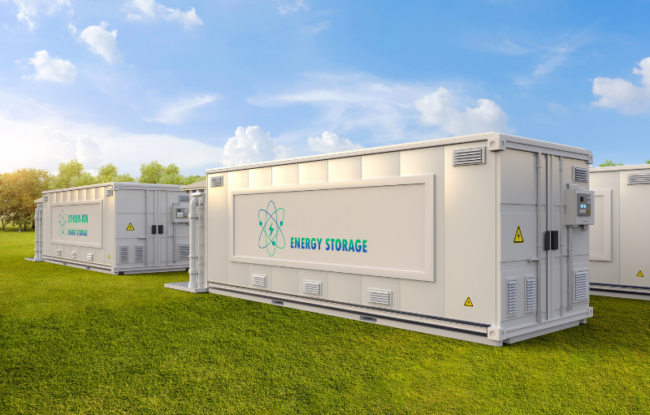UAE government-owned renewable energy company Masdar has reached financial close on three solar photovoltaic projects in Uzbekistan.
The projects will be a part of the largest solar development program in the area, with a total capacity of approximately 900 MW, and will start construction shortly.
The Asian Development Bank (ADB), Asian Infrastructure Investment Bank (AIIB), the European Bank for Reconstruction and Development (EBRD), and the European Investment Bank (EIB) are funding the projects.
Various international financial institutions are collectively providing $396.4 million to finance Uzbekistan’s solar program, with the EIB approving a loan of $83.6 million.
ADB is providing three loans, totaling $64.5 million, from its ordinary capital resources to finance the construction and operation of Uzbekistan’s three solar power plants.
These include $36.7 million for the Sherabad plant, $13.5 million for the Samarkand plant, and $14.3 million for the Jizzakh plant. In addition, ADB has mobilized an aggregated B-loan syndication of $37.5 million from ILX Fund I, a private credit fund based in Amsterdam that focuses on sustainable development goals in emerging markets, to support the financing of the three plants.
EBRD is providing A/B loans and revolving facilities, with the A loans totaling up to $109 million and the B loans expected to be provided by the Dutch entrepreneurial development bank FMO, along with three revolving facilities of up to $78 million.
The financing for the three solar power plants also includes a combined $83.6 million in project finance loan agreements from AIIB.
The program aims to construct three solar plants with a total output of 897 MW, helping to reduce Uzbekistan’s reliance on fossil fuels and diversify its energy sources.
The Uzbekistan projects have received financial support from Masdar and AIIB under the Energy Transition Accelerator Financing (ETAF) initiative. ETAF is a climate finance platform with multiple stakeholders aimed at deploying 5 GW of new renewable power in developing nations by 2030.
Last year, Masdar inked deals with Uzbekistan’s Ministry of Investments, Industry, and Trade, and JSC National Electric Grid to construct and operate three large-scale solar projects: the Sherabad Solar Project, which has a capacity of 457 MW, and the Samarkand and Jizzakh solar projects, which have a capacity of 220 MW each.
Together, these projects will generate enough electricity to power over 1 million homes and prevent more than 1 million tons of CO2 emissions annually.
Uzbekistan is aiming to develop 7 GW of solar and 5 GW of wind capacity by 2030, with the goal of meeting 25% of its electricity needs through renewable energy sources by that time.
Niall Hannigan, Masdar’s Chief Financial Officer, said the funding for the projects comes at a crucial stage in Uzbekistan’s clean energy journey.
Masdar is playing a significant role in supporting the country’s ambitious renewable energy objectives and looks forward to expanding its project portfolio in this key strategic market, he added.
During the COP27 climate conference last year, Masdar agreed to join ETAF, which could potentially involve investing up to $200 million in equity for renewable energy projects.
Masdar aims to achieve 100 GW of renewable energy capacity and 1 million tons of green hydrogen production per year by 2030 and help the UAE reach Net Zero by 2050.
A recent report by Masdar revealed that decarbonization budgets are a major concern, as less than a third of executives in “hard-to-abate” industries feel they have sufficient funds to finance their decarbonization efforts.
Earlier in the year, the company signed agreements with Angola, Uganda, and Zambia to develop renewable energy projects with a combined capacity of up to 5 GW to help African nations make the energy transition.




